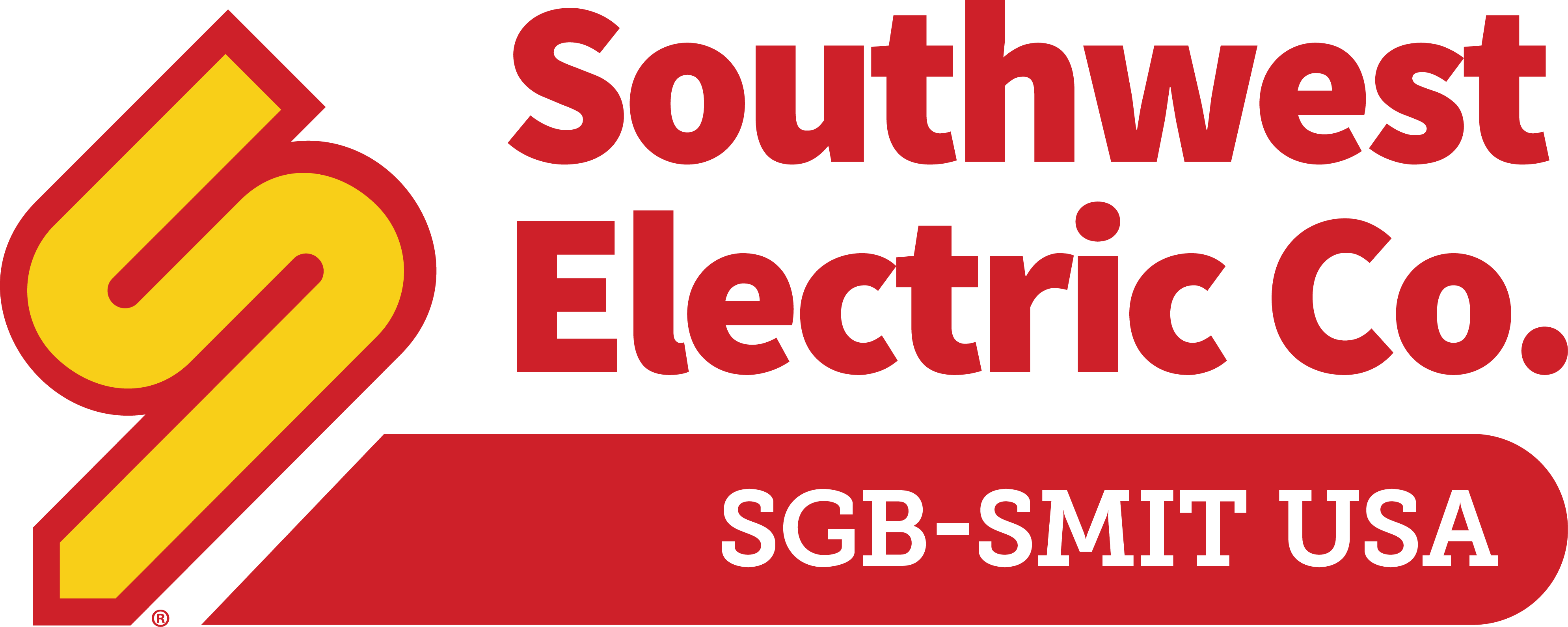By Mike Switzer, Product Line Manager - Motors

When I think about who invented the 3-phase electric motor, I think of Mikhail Dolivo-Dobrovolsky. However, the 3-phase power evolved out of electric motor development done by Galileo Ferraris and Nikola Tesla independently of each other.
In 1885, Italian physicist Galileo Ferraris was responsible for experimenting with different types of asynchronous electric motors. In his studies, Ferraris devised a two-phase motor, operating in reverse by way of converting rotating mechanical power into electric power known as alternating current. Alternating current is a type of electrical current, in which the direction of the flow of electrons switches back and forth at regular intervals or cycles. Although developed in 1885, Ferraris never secured a patent, and the motor was never formally presented until the year 1888.
Around the same time, Telsa secured a U.S. Patent for a 2-phase electric motor design that he had been working on. The patent was filed in October of 1887 and finally granted in 1888. Tesla knew nothing about Ferraris’s induction 2-phase motor despite the two men’s designs being almost identical.
Shortly after, a Russian inventor named Mikhail Dolivo-Dobrovolsky, noted that Tesla’s two-phase motor design was not efficient. Dobrovolsky went on to develop a three-phase electrical generator and a three-phase electric motor in 1888. In 1889, Mikhail patented two types of three-phase transformers called Star/Wye and Delta for the shapes of their connections. He also displayed his 3-phase wire transmission system in 1891 at the International Electromechanical Exhibition in Germany.
What is 3-Phase power?

First, we must understand that 3-phase power comes from a sinusoidal voltage. In the 3-phase system, 3 wires are used to provide the sinusoidal voltage, with each phase shifted 120º (electrical degrees).
A 3-phase motor can be designed to rotate at different speeds. The speed (rpm) is contingent on the number of magnetic poles wound into the stator core. 3-phase AC motors will also be designed for voltage ratings from 230V-13,800KV.
Example: A two-pole AC motor will have two respective magnetic poles that will alternate from North to South while rotating continuously in a 360º rotation produced by the copper windings. This rotating magnetic field will induce the rotor bars in the rotor. The induction of the rotor bars will create a rotation of magnetics on the bars in reference to the rotating poles in the windings. During the startup of rotation, there will be excessive current (in rush current) from the beginning of the rotation. This excessive current is the result of the rotor being in an idle position. High resistance is encountered when the rotor is in its static (idle) state. This is necessary to begin the rotation of the motor shaft. This effect is also called “Locked Rotor Current”.

The Parts & How They Work Together:
The 3-phase motor consists of mainly the stator, windings, and rotor. Each respective motor design will be engineered to have a specific number of poles for rotational speed and horsepower/torque ratings and voltage ratings. For example, if the motor was designed for an 1800 rpm speed, this design will have a specific number of groups in the winding design such as 4 magnetic poles.
Coil groups are the product of the number of phases and the number of poles in a rotating machine. Coil group = number of poles x the number of phases. When the coil groups have the same number of coils per phase per pole, such winding is said to be an identical group.
When 3-phase power is applied to the windings in an induction motor. The alternating current produces a rotating magnetic field in each respective phase 120º electrical degrees apart, alternating from North to South poles at 60 cycles per sec or 60 Hz. The USA uses 60 Hz vs other countries using 50 Hz power.
 The induced rotating magnetism produced from the stator supplies the interaction of currents flowing in the rotor bars and rotating magnetic field in the stator will generate the torque that turns the rotor. In operation with a load, the rotor RPM always lags the magnetic field’s speed allowing the rotor bars to cut magnetic lines of force and create torque. The rotor is said to be lagging synchronous speed to the rotating magnetic field produced in the windings in the stator. This is called Slip. Induction motors that are rated for a given speed will have Slip. Slip can be as much as 5% of synchronous speed for smaller AC motors. For example, a synchronous speed of 1800 rpm may have a slip rate of 1-2% and would equate to approximately 1775-1764 rpm, respectively, of actual rotation of the rotor.
The induced rotating magnetism produced from the stator supplies the interaction of currents flowing in the rotor bars and rotating magnetic field in the stator will generate the torque that turns the rotor. In operation with a load, the rotor RPM always lags the magnetic field’s speed allowing the rotor bars to cut magnetic lines of force and create torque. The rotor is said to be lagging synchronous speed to the rotating magnetic field produced in the windings in the stator. This is called Slip. Induction motors that are rated for a given speed will have Slip. Slip can be as much as 5% of synchronous speed for smaller AC motors. For example, a synchronous speed of 1800 rpm may have a slip rate of 1-2% and would equate to approximately 1775-1764 rpm, respectively, of actual rotation of the rotor.
Conclusion:
The AC 3-phase motor has a long history. This AC motor is used throughout the industry in the world. Induction motors are extensively used across many industries due to their rugged construction and reliability.
Here at Southwest Electric Co., our team of skilled technicians have the expertise and equipment to tackle any of your business’s industrial motor related needs. With over 75 years in the motor repair business, there isn’t a job we can’t handle. Find out what a partnership with SWE could mean for you. Let’s find a solution for you today!
Want to learn more about motors and other industry related topics? Click the links below!
- 4 Common AC Motor Issues
- Basic Steps of Electric Motor Repair
- The Basics of Synchronous Motors
- 6 Common DC Motor Issues
 Or, if videos are more your style, subscribe to our YouTube channel to learn more and stay up to date on the latest industry videos!
Or, if videos are more your style, subscribe to our YouTube channel to learn more and stay up to date on the latest industry videos!

In need of our services? Find out how Southwest Electric Co. can assist in your business needs! Reach out to us for a quote.
